Lebbeck mealybug, Nipaecoccus viridis, is an exotic mealybug previously documented on dodder and tallow wood in Palm Beach County and intercepted at ports of entry. In June 2019, it was documented feeding on and damaging citrus in Highlands County, Florida. It has a wide range of hosts in Florida including citrus, mango, and several ornamental plants.
Life Stages
Each adult female produces approximately 600 eggs during her lifetime. The offspring develop into mobile nymphs called "crawlers." Lebbeck mealybug nymphs resemble, and are easily confused with, scale nymphs. They are reddish-purple, very small, and have legs and antennae that are visible under magnification.
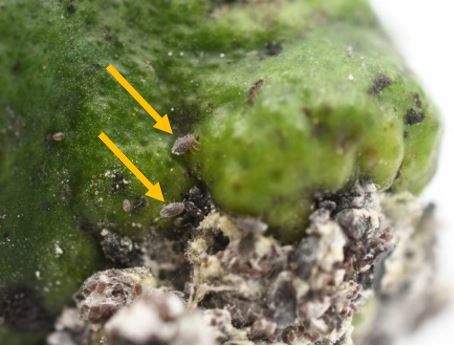
Credit: T. R. Weeks, UF/IFAS
The adult male is 1.3–2.5 mm long and brownish-purple. It has well-developed front wings.
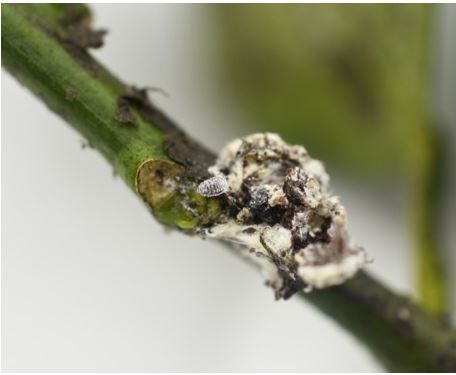
Credit: T. R. Weeks, UF/IFAS
The female has three nymphal stages and slowly moves between stages to new feeding sites. The adult is oval, reddish-purple, and 2.4–4 mm long and 1.5–3 mm wide. Once the female begins laying eggs, it develops a white to pale yellow wax-covered ovisac (egg sack) that houses tiny red eggs. In their native Middle East, the females can live up to 50 days. They die shortly after laying all of their eggs.
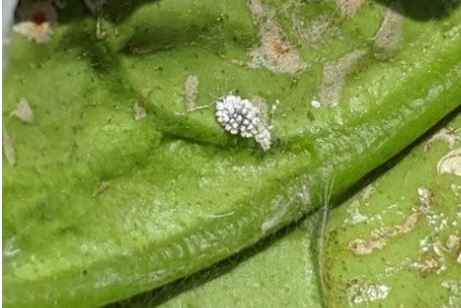
Credit: L. M. Diepenbrock, UF/ IFAS
Damage
Lebbeck mealybug has been mistaken for other wax-producing pests (mealybugs and scales) in several fields, but its damage and feeding sites are distinct from those of these other pests. N. viridis prefers to feed and reproduce on fast-growing tissues like new growth, new branches, and fruit. Fruit feeding causes hardened lumps and/or discoloration. Leaves also become twisted/distorted from feeding. Fruit drop is the biggest factor in crop loss.
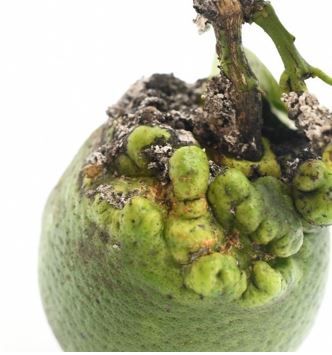
Credit: T. R. Weeks, UF/IFAS
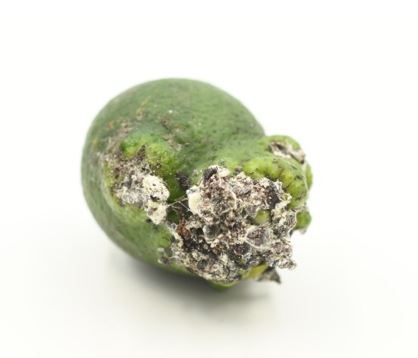
Credit: T. R. Weeks, UF/IFAS
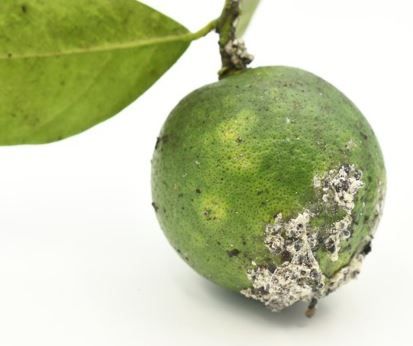
Credit: T. R. Weeks, UF/ IFAS